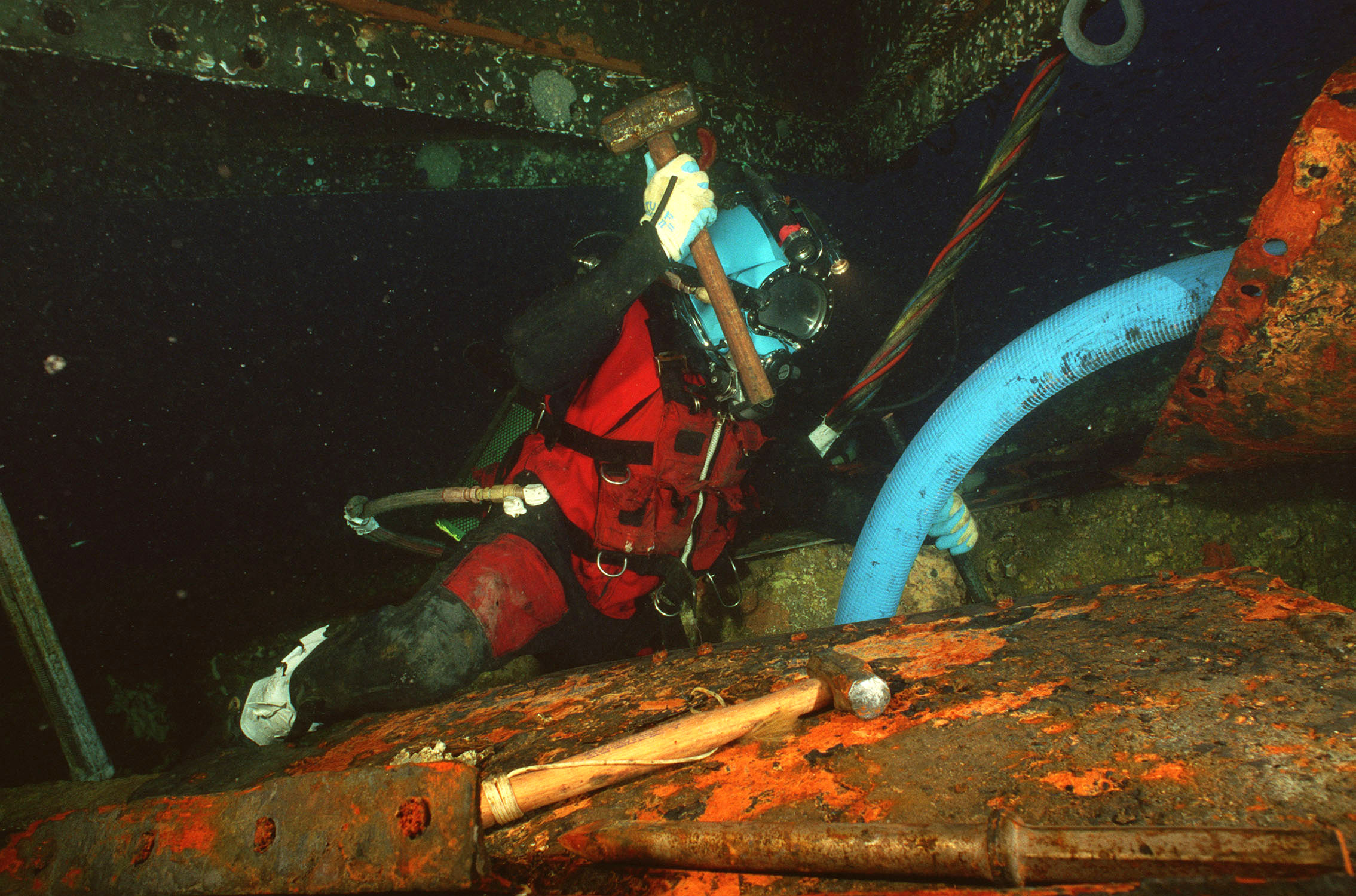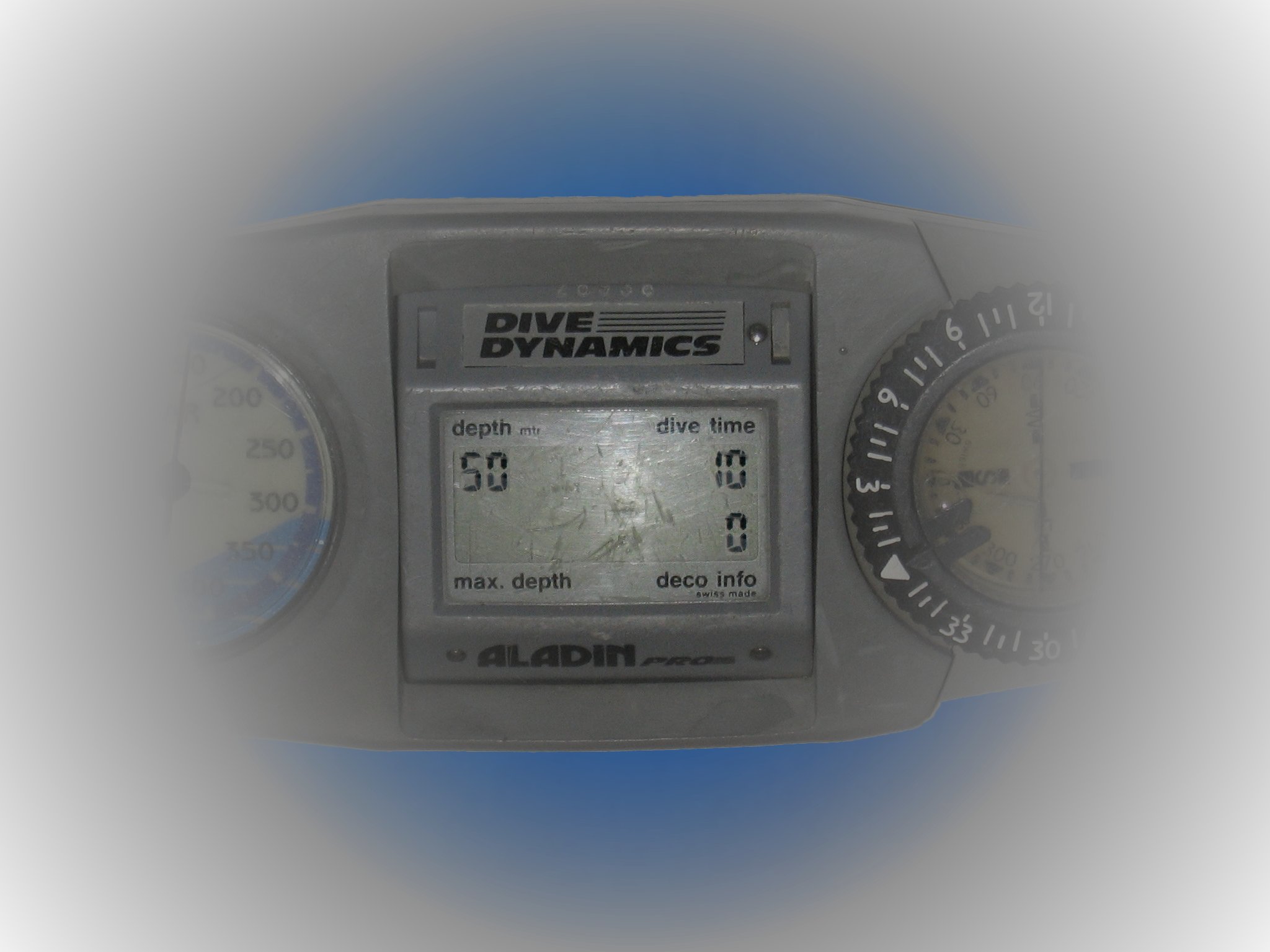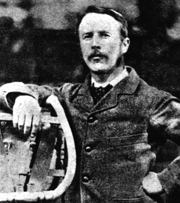|
Heliox
Heliox is a breathing gas mixture of helium (He) and oxygen (O2). It is used as a medical treatment for patients with difficulty breathing because mixture generates less resistance than atmospheric air when passing through the airways of the lungs, and thus requires less effort by a patient to breathe in and out of the lungs. It is also used as a breathing gas diluent for deep ambient pressure diving as it is not narcotic at high pressure, and for its low work of breathing. Heliox has been used medically since the 1930s, and although the medical community adopted it initially to alleviate symptoms of upper airway obstruction, its range of medical uses has since expanded greatly, mostly because of the low density of the gas. Heliox is also used in saturation diving and sometimes during the deep phase of technical dives. Medical uses In medicine heliox may refer to a mixture of 21% O2 (the same as air) and 79% He, although other combinations are available (70/30 and 60/40). ... [...More Info...] [...Related Items...] OR: [Wikipedia] [Google] [Baidu] |
Saturation Diving
Saturation diving is diving for periods long enough to bring all tissues into equilibrium with the partial pressures of the inert components of the breathing gas used. It is a diving mode that reduces the number of decompressions divers working at great depths must undergo by only decompressing divers once at the end of the diving operation, which may last days to weeks, having them remain under pressure for the whole period. A diver breathing pressurized gas accumulates dissolved inert gas used in the breathing mixture to dilute the oxygen to a non-toxic level in his or her tissues, which can cause decompression sickness ("the bends") if permitted to come out of solution within the body tissues; hence, returning to the surface safely requires lengthy decompression so that the inert gases can be eliminated via the lungs. Once the dissolved gases in a diver's tissues reach the saturation point, however, decompression time does not increase with further exposure, as no more inert ... [...More Info...] [...Related Items...] OR: [Wikipedia] [Google] [Baidu] |
Diving Rebreather
A Diving rebreather is an underwater breathing apparatus that absorbs the carbon dioxide of a diver's exhaled breath to permit the rebreathing (recycling) of the substantially unused oxygen content, and unused inert content when present, of each breath. Oxygen is added to replenish the amount metabolised by the diver. This differs from open-circuit breathing apparatus, where the exhaled gas is discharged directly into the environment. The purpose is to extend the breathing endurance of a limited gas supply, and, for covert military use by frogmen or observation of underwater life, to eliminate the bubbles produced by an open circuit system. A diving rebreather is generally understood to be a portable unit carried by the user, and is therefore a type of self-contained underwater breathing apparatus (scuba). A semi-closed rebreather carried by the diver may also be known as a gas extender. The same technology on a submersible or surface installation is more likely to be referred t ... [...More Info...] [...Related Items...] OR: [Wikipedia] [Google] [Baidu] |
Helium
Helium (from el, ἥλιος, helios, lit=sun) is a chemical element with the symbol He and atomic number 2. It is a colorless, odorless, tasteless, non-toxic, inert, monatomic gas and the first in the noble gas group in the periodic table. Its boiling and melting point are the lowest among all the elements. It is the second lightest and second most abundant element in the observable universe (hydrogen is the lightest and most abundant). It is present at about 24% of the total elemental mass, which is more than 12 times the mass of all the heavier elements combined. Its abundance is similar to this in both the Sun and in Jupiter, due to the very high nuclear binding energy (per nucleon) of helium-4, with respect to the next three elements after helium. This helium-4 binding energy also accounts for why it is a product of both nuclear fusion and radioactive decay. The most common isotope of helium in the universe is helium-4, the vast majority of which was formed during t ... [...More Info...] [...Related Items...] OR: [Wikipedia] [Google] [Baidu] |
Technical Diving
Technical diving (also referred to as tec diving or tech diving) is scuba diving that exceeds the agency-specified limits of recreational diving for non-professional purposes. Technical diving may expose the diver to hazards beyond those normally associated with recreational diving, and to a greater risk of serious injury or death. The risk may be reduced by appropriate skills, knowledge and experience, and by using suitable equipment and procedures. The skills may be developed through appropriate specialised training and experience. The equipment often involves breathing gases other than air or standard nitrox mixtures, and multiple gas sources. The popularisation of the term ''technical diving'' has been credited to Michael Menduno, who was editor of the (now defunct) diving magazine ''aquaCorps Journal'', but the concept and term, ''technical diving'', go back at least as far as 1977,In his 1989 book, ''Advanced Wreck Diving'', author and leading technical diver, Gary Gentile ... [...More Info...] [...Related Items...] OR: [Wikipedia] [Google] [Baidu] |
Technical Diving
Technical diving (also referred to as tec diving or tech diving) is scuba diving that exceeds the agency-specified limits of recreational diving for non-professional purposes. Technical diving may expose the diver to hazards beyond those normally associated with recreational diving, and to a greater risk of serious injury or death. The risk may be reduced by appropriate skills, knowledge and experience, and by using suitable equipment and procedures. The skills may be developed through appropriate specialised training and experience. The equipment often involves breathing gases other than air or standard nitrox mixtures, and multiple gas sources. The popularisation of the term ''technical diving'' has been credited to Michael Menduno, who was editor of the (now defunct) diving magazine ''aquaCorps Journal'', but the concept and term, ''technical diving'', go back at least as far as 1977,In his 1989 book, ''Advanced Wreck Diving'', author and leading technical diver, Gary Gentile ... [...More Info...] [...Related Items...] OR: [Wikipedia] [Google] [Baidu] |
Diving Cylinder
A diving cylinder or diving gas cylinder is a gas cylinder used to store and transport high pressure gas used in diving operations. This may be breathing gas used with a scuba set, in which case the cylinder may also be referred to as a scuba cylinder, scuba tank or diving tank. When used for an emergency gas supply for surface supplied diving or scuba, it may be referred to as a bailout cylinder or bailout bottle. It may also be used for surface-supplied diving or as decompression gas . A diving cylinder may also be used to supply inflation gas for a dry suit or buoyancy compensator. Cylinders provide gas to the diver through the demand valve of a diving regulator or the breathing loop of a diving rebreather. Diving cylinders are usually manufactured from aluminium or steel alloys, and when used on a scuba set are normally fitted with one of two common types of cylinder valve for filling and connection to the regulator. Other accessories such as manifolds, cylinder band ... [...More Info...] [...Related Items...] OR: [Wikipedia] [Google] [Baidu] |
Inert Gas Narcosis
Narcosis while diving (also known as nitrogen narcosis, inert gas narcosis, raptures of the deep, Martini effect) is a reversible alteration in consciousness that occurs while diving at depth. It is caused by the anesthetic effect of certain gases at high pressure. The Greek word (narkōsis), "the act of making numb", is derived from (narkē), "numbness, torpor", a term used by Homer and Hippocrates. Narcosis produces a state similar to drunkenness (alcohol intoxication), or nitrous oxide inhalation. It can occur during shallow dives, but does not usually become noticeable at depths less than . Except for helium and probably neon, all gases that can be breathed have a narcotic effect, although widely varying in degree. The effect is consistently greater for gases with a higher lipid solubility, and although the mechanism of this phenomenon is still not fully clear, there is good evidence that the two properties are mechanistically related. As depth increases, the mental ... [...More Info...] [...Related Items...] OR: [Wikipedia] [Google] [Baidu] |
Breathing Gas
A breathing gas is a mixture of gaseous chemical elements and compounds used for respiration. Air is the most common and only natural breathing gas, but other mixtures of gases, or pure oxygen, are also used in breathing equipment and enclosed habitats such as scuba equipment, surface supplied diving equipment, recompression chambers, high-altitude mountaineering, high-flying aircraft, submarines, space suits, spacecraft, medical life support and first aid equipment, and anaesthetic machines. Oxygen is the essential component for any breathing gas, at a partial pressure of between roughly 0.16 and 1.60 bar at the ambient pressure. The oxygen is usually the only metabolically active component unless the gas is an anaesthetic mixture. Some of the oxygen in the breathing gas is consumed by the metabolic processes, and the inert components are unchanged, and serve mainly to dilute the oxygen to an appropriate concentration, and are therefore also known as diluent gases. Most ... [...More Info...] [...Related Items...] OR: [Wikipedia] [Google] [Baidu] |
Gas Blending
Gas blending is the process of mixing gases for a specific purpose where the composition of the resulting mixture is specified and controlled. A wide range of applications include scientific and industrial processes, food production and storage and breathing gases. Gas mixtures are usually specified in terms of molar gas fraction (which is closely approximated by volumetric gas fraction for many permanent gases): by percentage, parts per thousand or parts per million. Volumetric gas fraction converts trivially to partial pressure ratio, following Dalton's law of partial pressures. Partial pressure blending at constant temperature is computationally simple, and pressure measurement is relatively inexpensive, but maintaining constant temperature during pressure changes requires significant delays for temperature equalization. Blending by mass fraction is unaffected by temperature variation during the process, but requires accurate measurement of mass or weight, and calculation of ... [...More Info...] [...Related Items...] OR: [Wikipedia] [Google] [Baidu] |
Open Circuit Scuba
A scuba set, originally just scuba, is any breathing apparatus that is entirely carried by an underwater diver and provides the diver with breathing gas at the ambient pressure. ''Scuba'' is an anacronym for self-contained underwater breathing apparatus. Although strictly speaking the scuba set is only the diving equipment that is required for providing breathing gas to the diver, general usage includes the harness by which it is carried, and those accessories which are integral parts of the harness and breathing apparatus assembly, such as a jacket or wing style buoyancy compensator and instruments mounted in a combined housing with the pressure gauge, and in the looser sense, it has been used to refer to all the diving equipment used by the scuba diver, though this would more commonly and accurately be termed scuba equipment or scuba gear. Scuba is overwhelmingly the most common underwater breathing system used by recreational divers and is also used in professional diving ... [...More Info...] [...Related Items...] OR: [Wikipedia] [Google] [Baidu] |
Croup
Croup, also known as laryngotracheobronchitis, is a type of respiratory infection that is usually caused by a virus. The infection leads to swelling inside the trachea, which interferes with normal breathing and produces the classic symptoms of "barking/brassy" cough, inspiratory stridor and a hoarse voice. Fever and runny nose may also be present. These symptoms may be mild, moderate, or severe. Often it starts or is worse at night and normally lasts one to two days. Croup can be caused by a number of viruses including parainfluenza and influenza virus. Rarely is it due to a bacterial infection. Croup is typically diagnosed based on signs and symptoms after potentially more severe causes, such as epiglottitis or an airway foreign body, have been ruled out. Further investigations, such as blood tests, X-rays and cultures, are usually not needed. Many cases of croup are preventable by immunization for influenza and diphtheria. Most cases of croup are mild and the child ... [...More Info...] [...Related Items...] OR: [Wikipedia] [Google] [Baidu] |
Compagnie Maritime D'expertises
COMEX (or Compagnie Maritime d'Expertises) is a French company specializing in engineering and deep diving operations, created in November 1961 by Henri-Germain Delauze and ran by him until his death in 2012. This company is known worldwide for its technology in regard to underwater exploration at great depths. Its line of business includes: * hyperbaric testing facilities, * oceanographic research ships (Minibex and Janus), * testing pool. COMEX carried out pioneering work in very deep saturation diving. The company experimented with the use of hydrogen in the divers' breathing gas. This work with heliox (a breathing gas mixture of helium and oxygen) and hydreliox (an exotic breathing gas mixture of helium, oxygen and hydrogen gas) mixtures started with Hydra I in 1968. The saturation diving physiology studies were conducted with helium from and with hydrogen from . The diving depth record for off-shore (saturation) diving was achieved in 1988 by a team of COMEX p ... [...More Info...] [...Related Items...] OR: [Wikipedia] [Google] [Baidu] |









